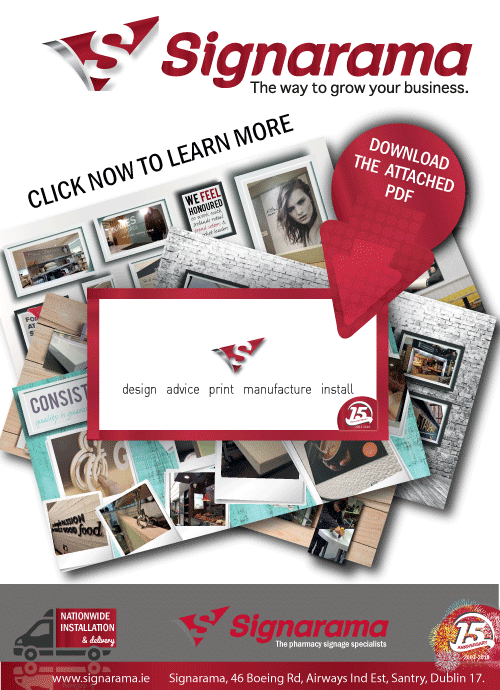What is the difference between lithographic printing & large format digital printing?
Let’s start with large format digital printing.
If you are looking to get something urgently printed, you want a HUGE poster and only need let’s say 10 copies, well large format digital printing is the way forward! Digital print can be used to produce large banners, posters and images, where most lithographic presses cannot print larger than B2 size. This is known as large format printing.
Digital Printing is more expensive per page than the traditional lithographic printing process, but this is offset by the advantage of a short turnaround. The main difference is that you do not need to go to the trouble of making “plates” as in lithographic printing, more about this later.
There is another difference between the two methods of printing and that is quality and consistency of colour matching and line detail. The lithographic process is superior in the final finish, but due to the advances in technology the gap is narrowing almost on a weekly basis. It would take a professional eye to notice the difference between a good quality digital print and a lithographic print.

Here at Sign-A-Rama Dublin we use the HP design jet L26500 to produce our fabulous graphics for vinyl vehicle wraps, shop front signage, pavement signs and even our amazing floor graphics. As you can see from the images below, this is one serious bit of kit!
Lithographic Printing
Lithographic printing and this method is the traditional method and uses oil based inks and metal “plates”. The basic principle is that oil and water do not mix, so that when the image is put onto the “Plates” they are separated not by raised edges but by using ink receptive areas non-ink receptive areas. This type of printing is industrial and is suited to large volume such as newspapers, magazines. This type of printing is industrial and is suited to large volume such as newspapers and magazines. See the image below for an example of a printing press.

The plates used in lithographic printing have a rough texture and are coated with an emulsion. The emulsion is light sensitive and a mixture of chemicals that cannot be mixed together ie oil and water. A good example of an emulsion you can find at home would be butter, as you will be aware if you have ever had to wash you butter dish, it does not like water!
There are two different ways to make the plates in lithographic printing.
1. Exposure form light with a film applied on to the plate
2. Using lasers to expose the plate
Both ways create a photographic “negative” of the image, this is then transferred onto the emulsion. The emulsion is then treated to remove the unexposed portion in the same way as developing film from your camera.
Although it sounds complicated it is really not too bad once you see the process visually, the video below shows you how the "plates" are made in this case they are stone, but the principle remains the same.
For more information on how to produce the most effective signage for your business please contact a member of our expert sales team today 01 862 3852 and we will guide you through the entire process from material, size, content, design layout, lighting and fitting.

















